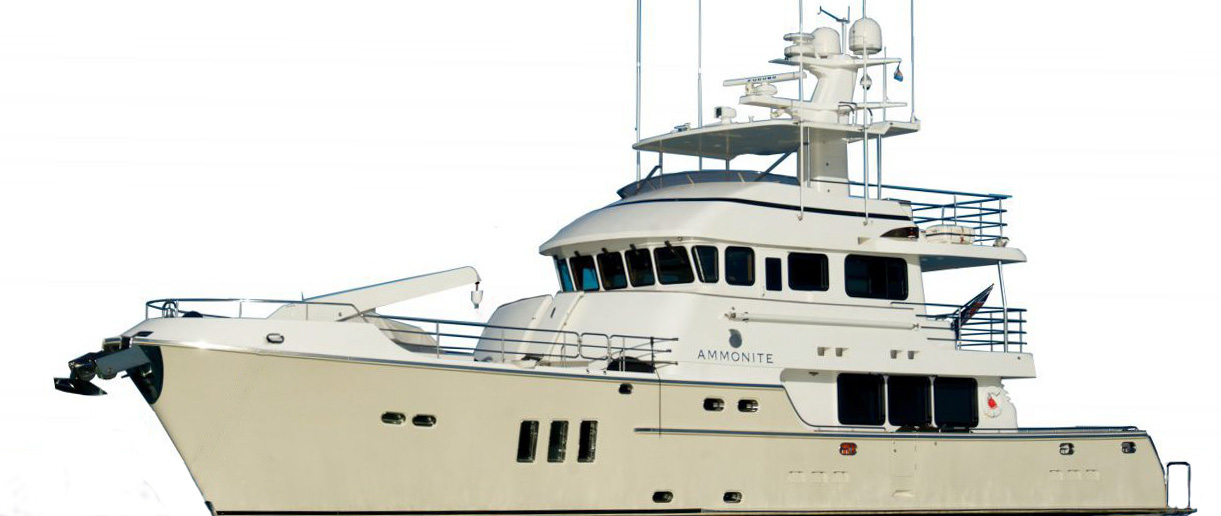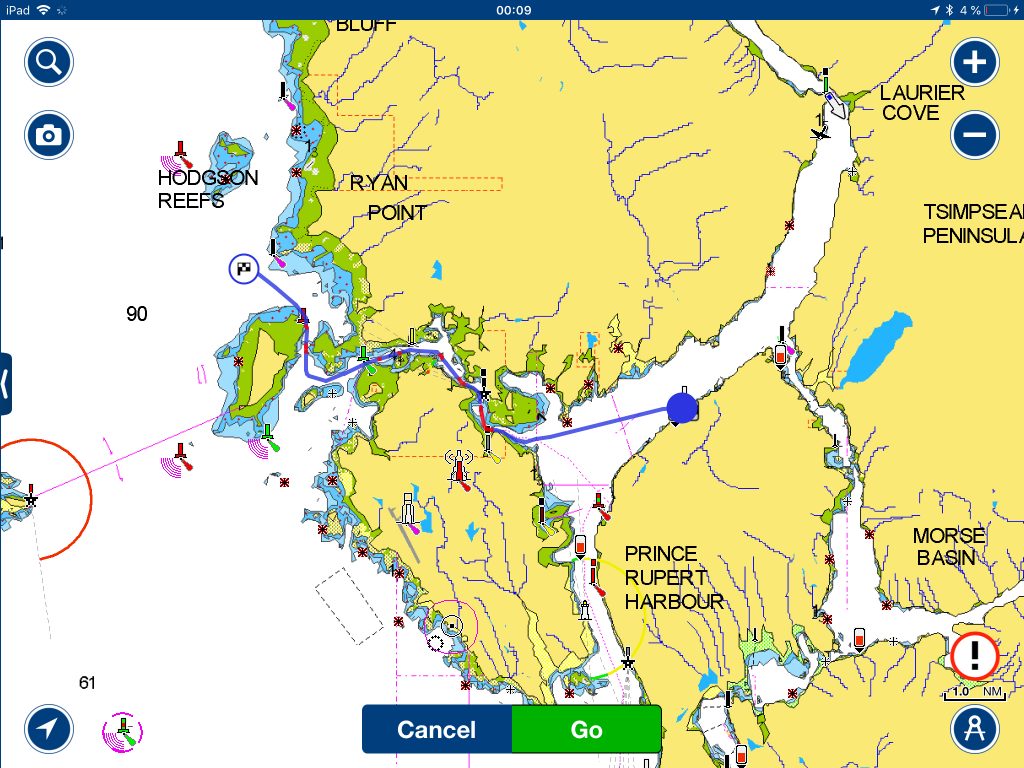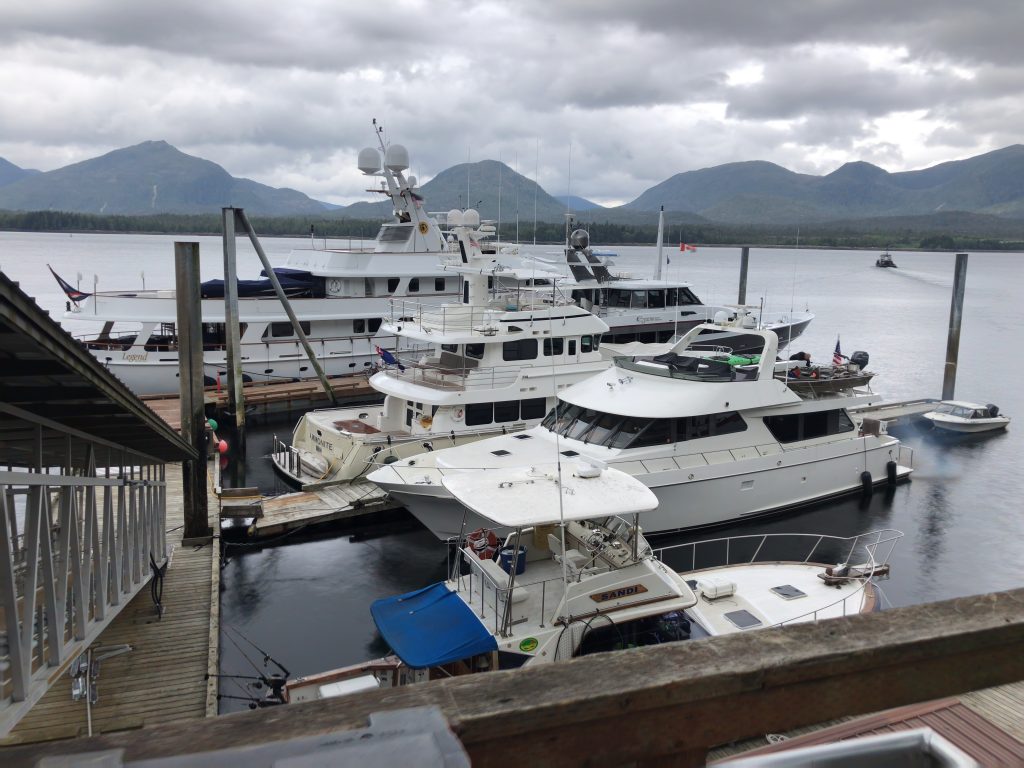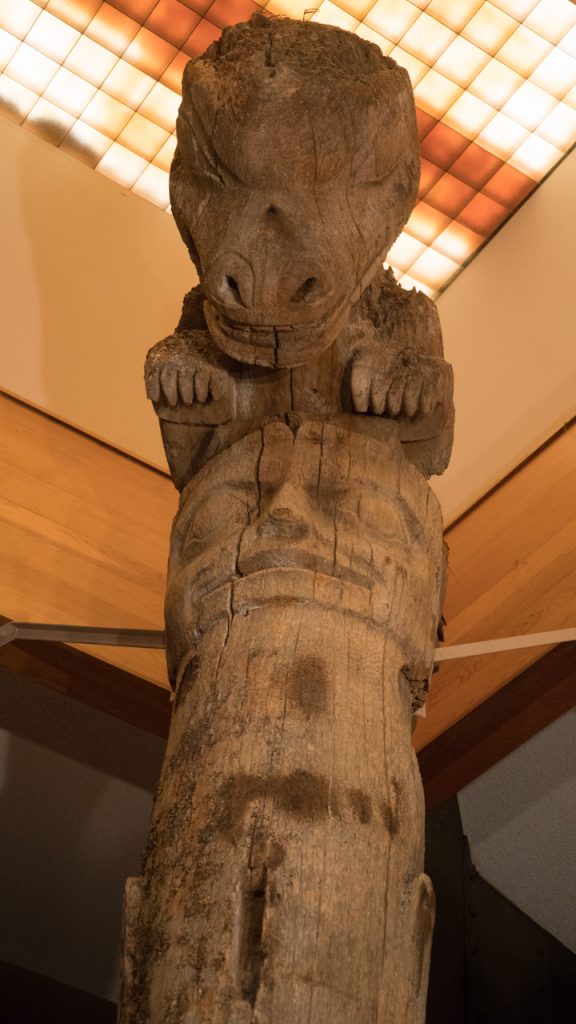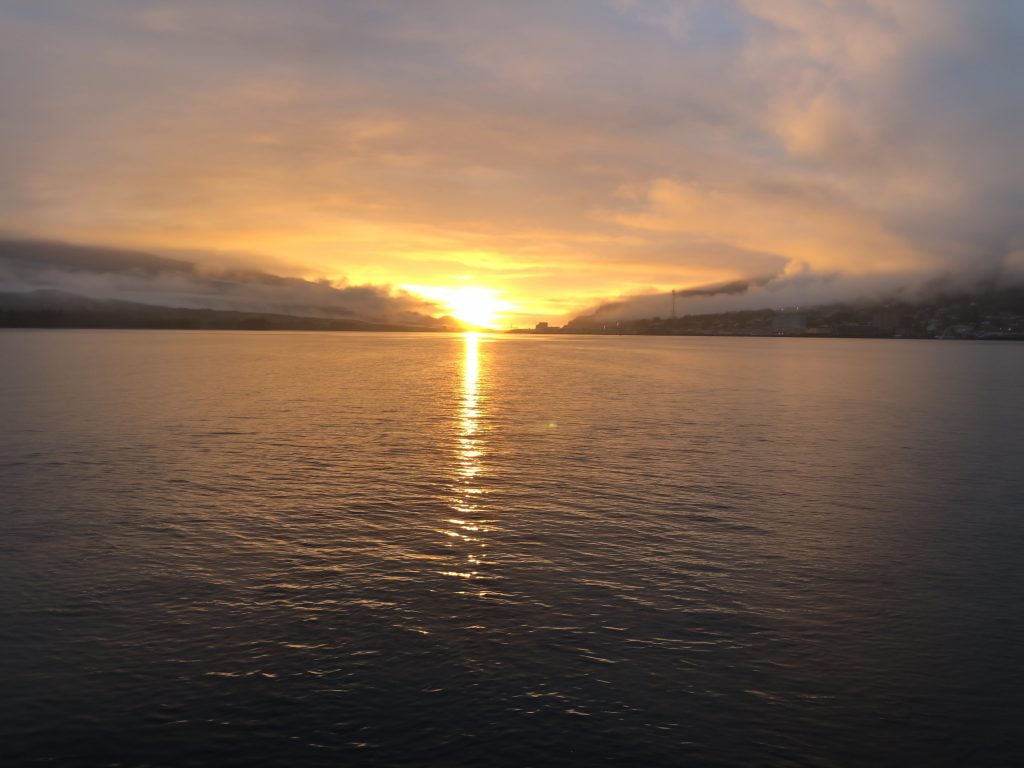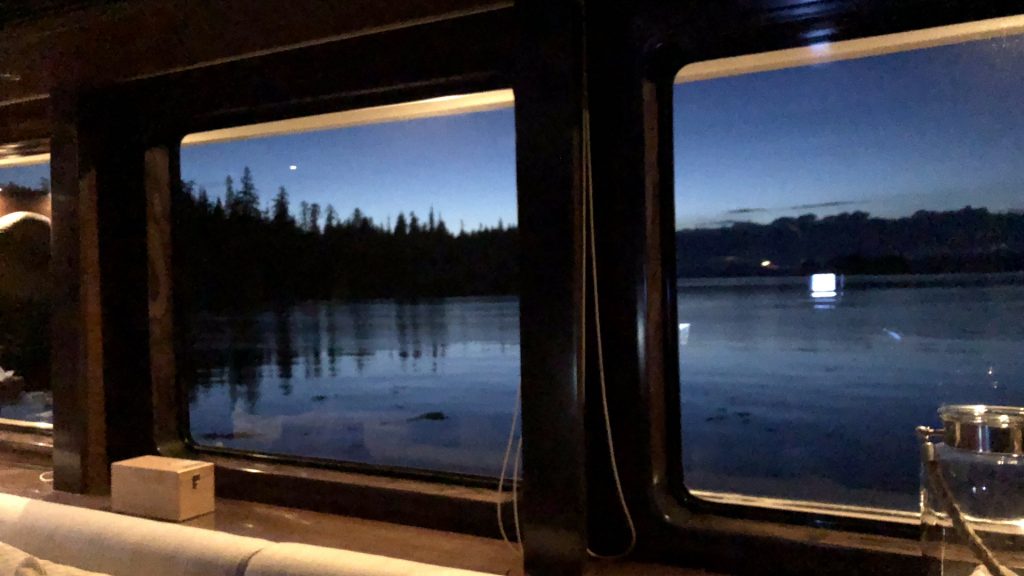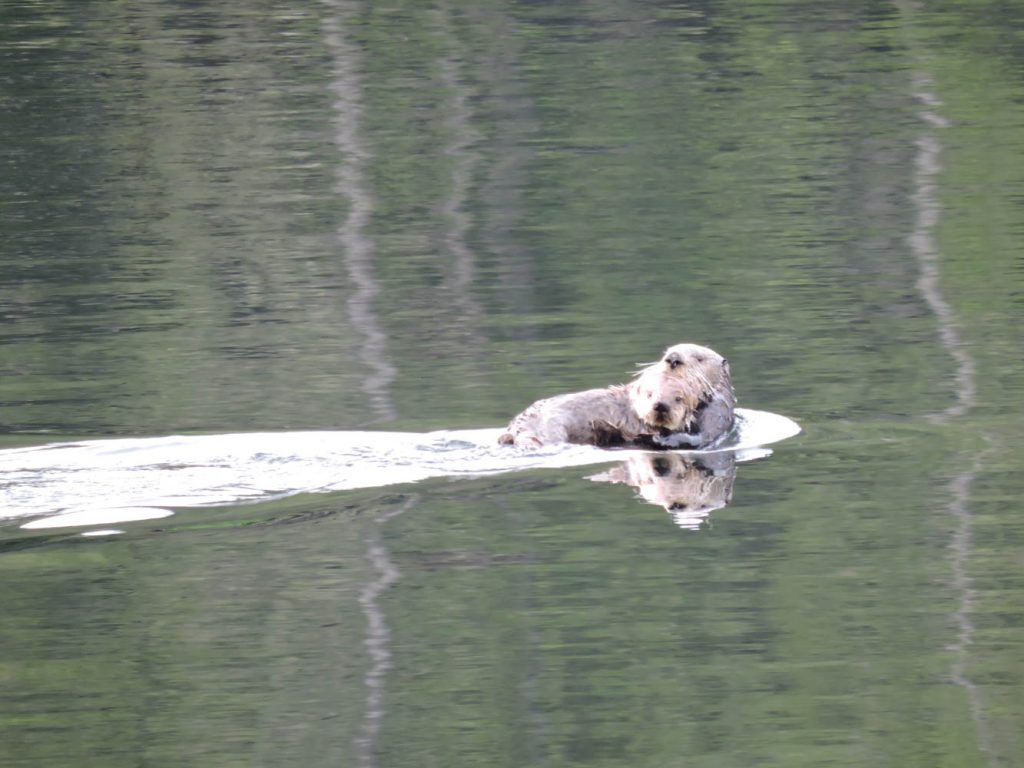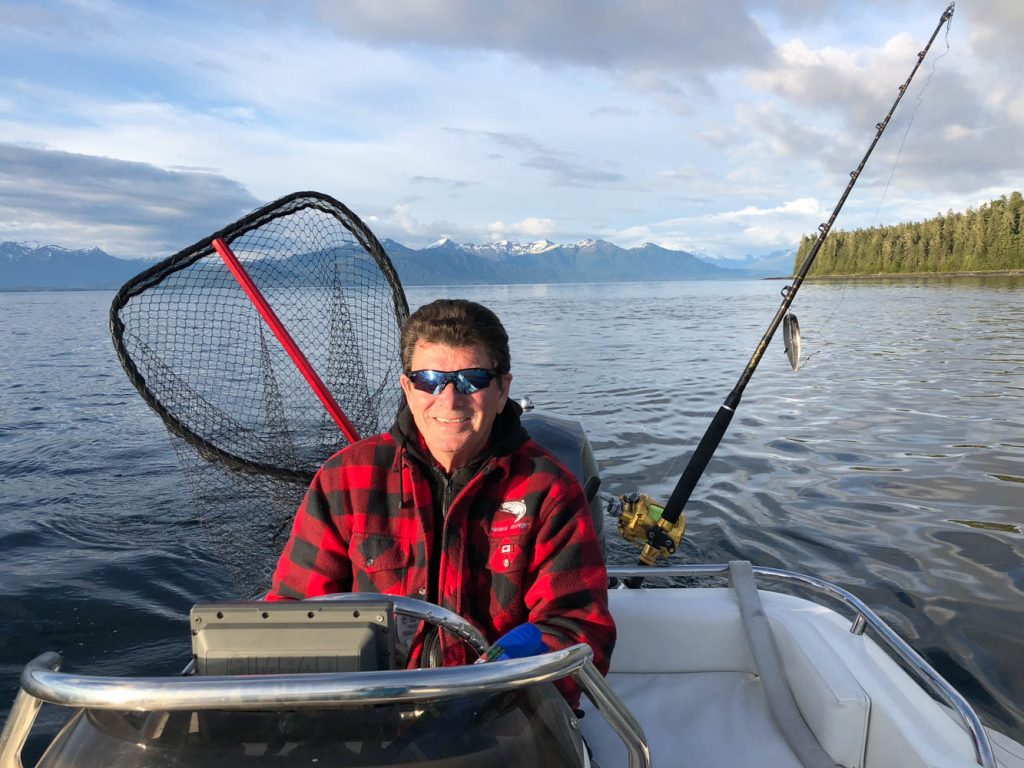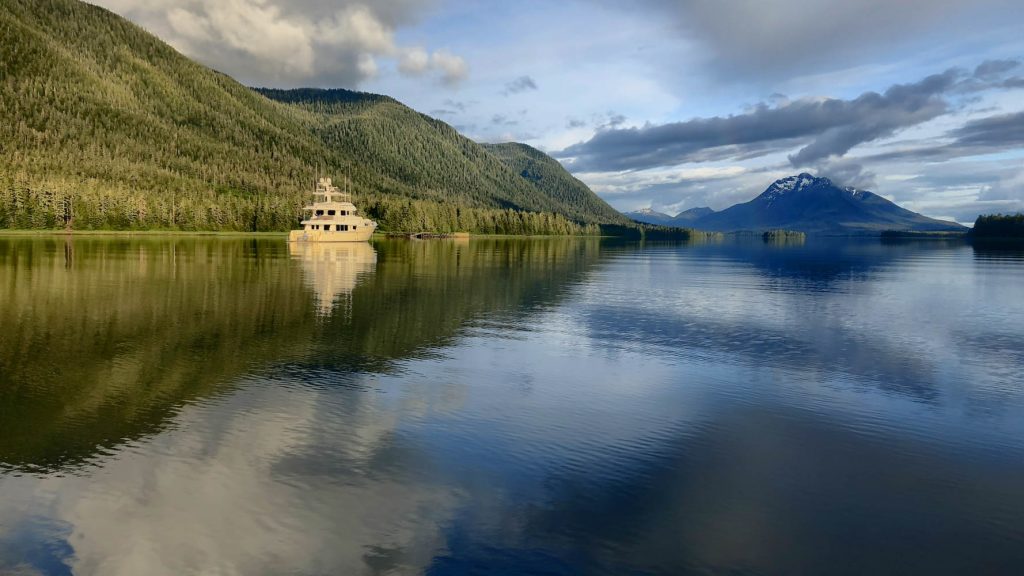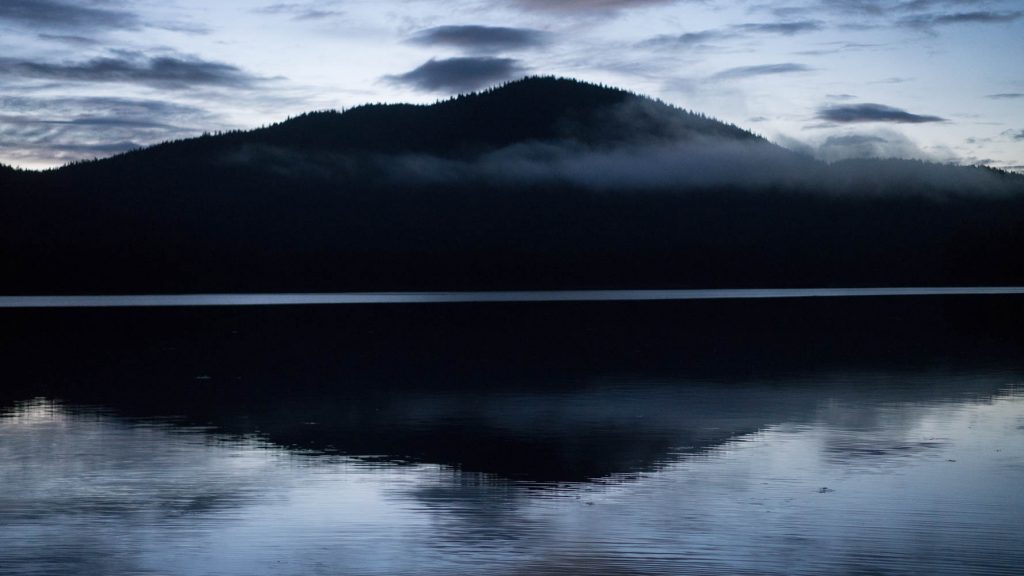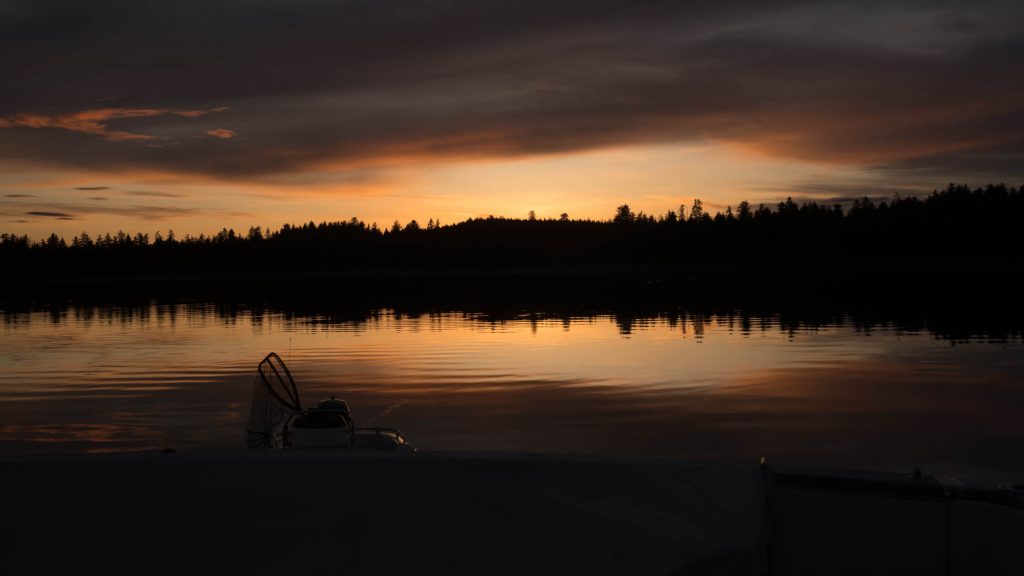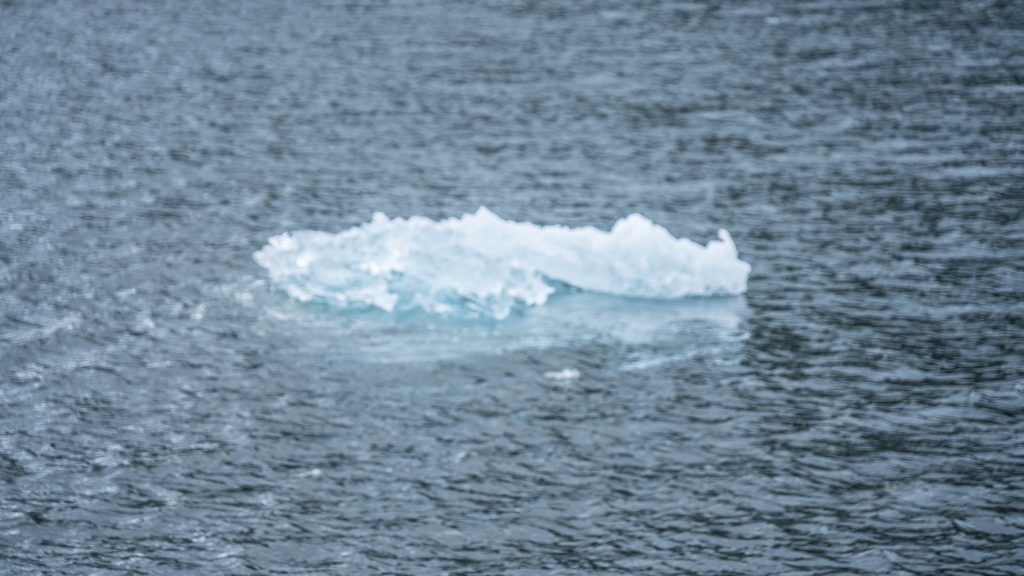11 – 12 May 2018
Prince Rupert – Ketchikan
95 miles and 10 hours.
After laying in Prince Rupert and having 2 new alternators and 2 alternators rewound, and two large hoses (5 inches in diameter) for the sea chest, we were ready to sail into Alaska.
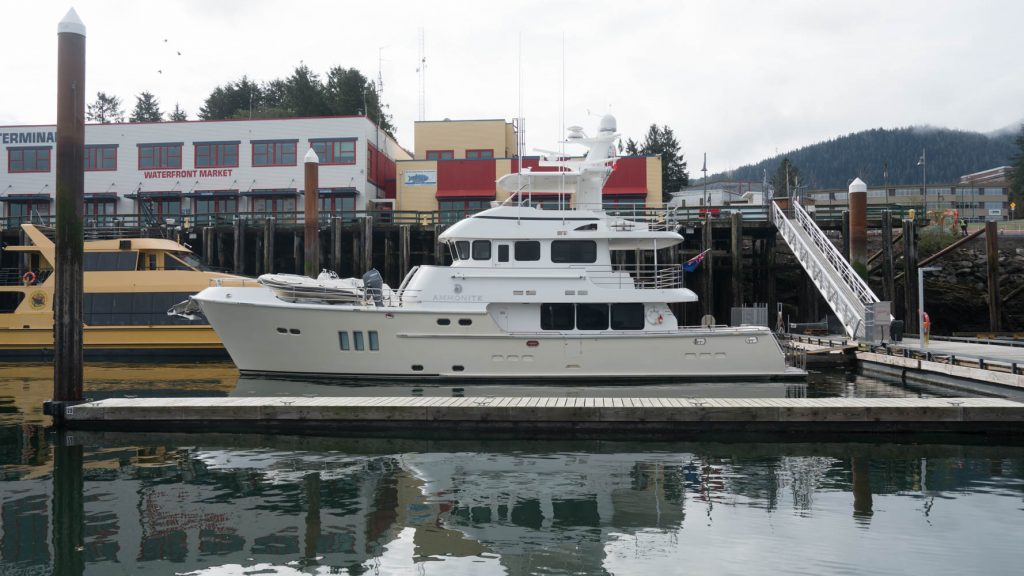
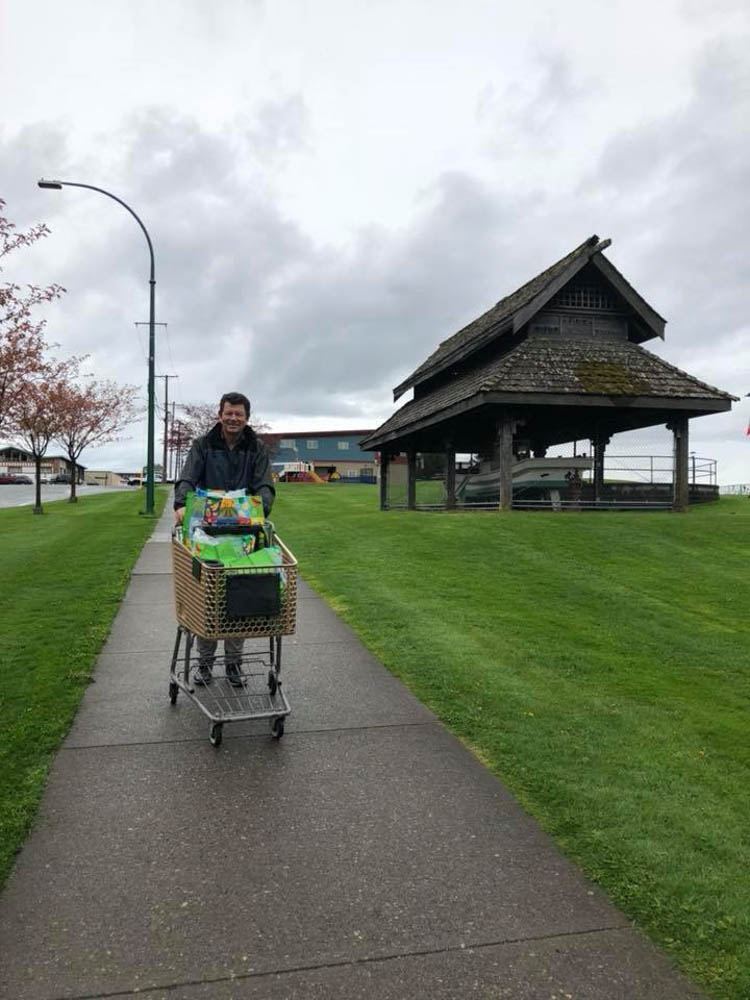
I took Ammonite through a narrow passage from Prince Rupert heading north. The tidal currents made it a little extra tense, especially as it was low tide. But I’ve done this passage 10 times last year, so it was not really a problem.
We sailed up Working Channel to see if the whales had arrived. I knew it was a bit early, as they do not usually arrive until the end of Ma. But it was worth a try as it was also the shortest stretch to Dixon Entrance, which is a strange place for tidal currents coming from the Portland Canal into the open lake. We did not see whales, but we had a calm passage.
The night before we had called US Custom and received permission to anchor in Foggy Bay, prior to clearing into the U.S. When we arrived at Foggy Bay, it was blowing a little and was also low water. The anchorage area was narrow and we had difficulty getting the anchor to set. The swing space was very limited but we tried a second time, with no luck. It was a pity as we saw a bear on shore, but I still decided to leave and try anchoring at Bull Head Cove instead. It proved to be a beautiful anchorage. Linda fished from the swim platform on Ammonite and got a small cod. It was quickly placed as bait into the crab trap.
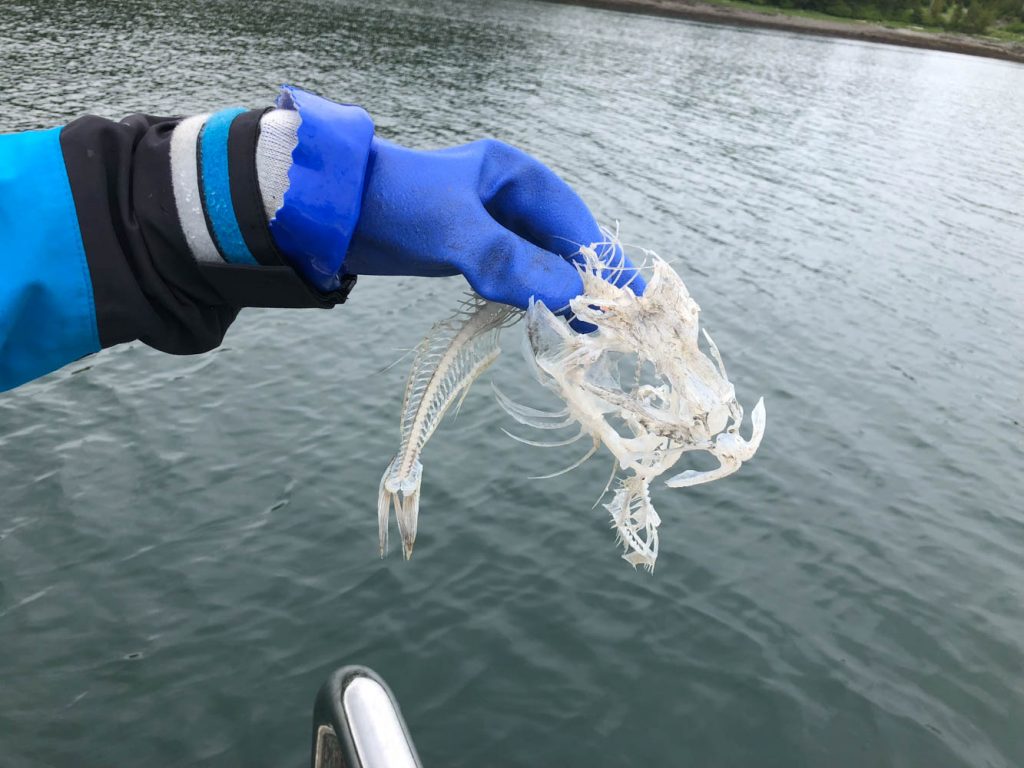
Early the next morning we pulled up the anchor and cruised the last 30 miles to Ketchikan. We had reserved space at Ketchikan Moorage, which is a small marina with room for larger motor yachts up to 150 foot. Donna who manages the marina together with her husband Chad, provide great service so I really recommend this marina.
We had informed US Custom of our arrival once we were docked. They usually come down to the boat for check-in and inspection, but this time they asked us to come to their office. Donna and her husband were very surprised, saying they had never seen that happen. Usually, you cannot leave the boat until Customs have checked you in. But anyway, we went to their office and all went smoothly and we were then legally in Alaska. I thought they would start asking me about my special permission to sail without a pilot, but they gave me my Cruising Permit without questioning that. This was my 4th American Cruising Permit. The first was in 2012 when I sailed with Amelit to Puerto Rico, the second when I sailed to Florida in 2013 and the third when I bought Ammonite in Florida in 2016.
12 – 31 May 2018
Ketchikan
Ketchikan is a small town with about 15,000 inhabitants. They claim to be a big salmon catching town, but the truth is, there are not so many salmon that landed here without destiny with American tourists. Every morning during our time here, 3 large cruise ships arrived and later departed in the early evening. The record number of cruise ships in one day was 5, and it was so crowded that one of them had to anchor out.
The reason for the cruise ships stopping here is probably, for the most part, to clear into Alaska. But with so many tourists every day, the tourism industry is obviously the most important source of income for the town. There are many seaplanes taking tourists for half to an hour flightseeing trips. There are also small boats the tourists can drive themselves for guided short trips. It was an experience to watch 6 small rubber boats boarded by newbies, heading out into the straight in the pouring rain and returning two hours later completely drenched! And they paid money for this!
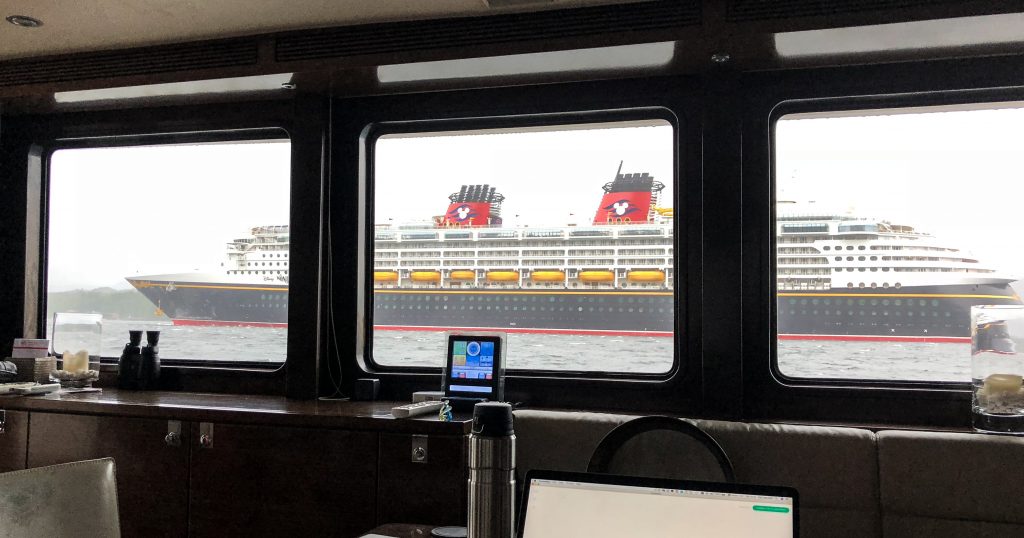
In Ketchikan, of course there are many jewelry shops, just like all cruise ports. But here is also a Lumberjack show and the famous Creek Street! During the ”old good days” this was the red light district – “where men and salmon came to spawn!” But after prohibition in 1920 many Creek Street buildings, with their advantage of easy high tide access for boats, became a center for the illegal trade of liquor. Almost every building on Creek Street had trap doors where deliveries to waiting boats could be made.
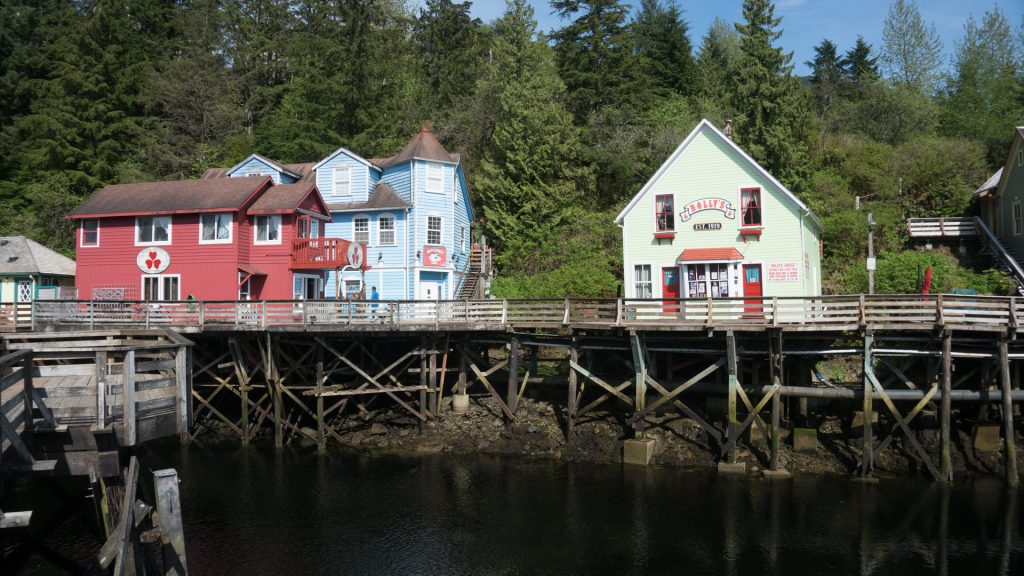
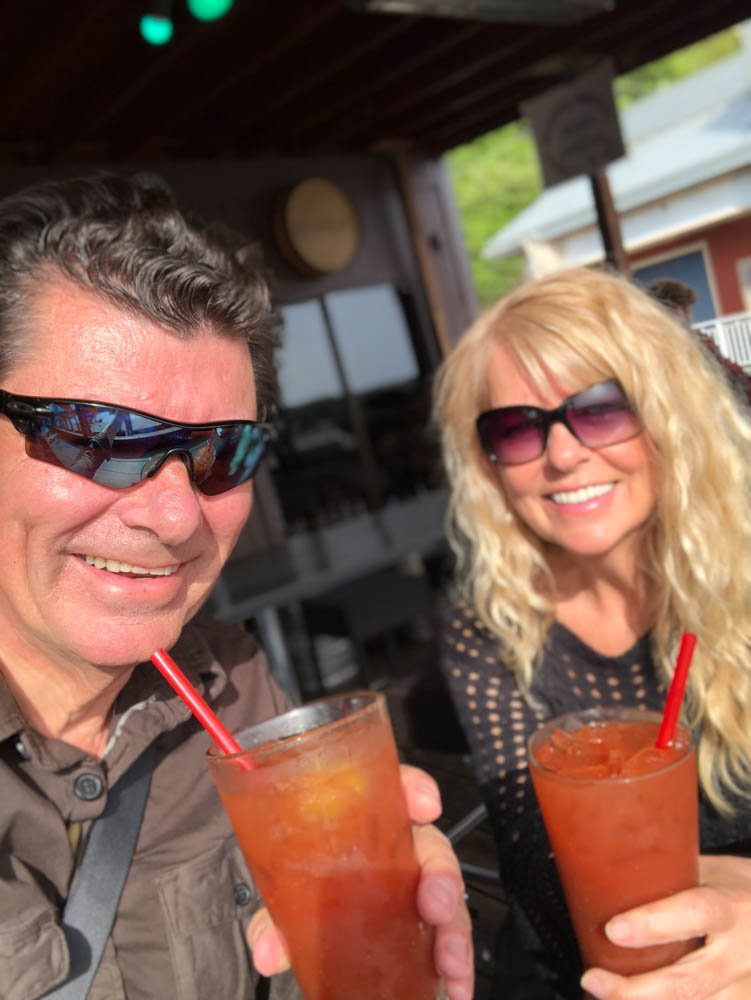
Ketchikan claims the world’s largest collection of totem poles made by Tlingit, Haida and Tsimshian peoples!
We had 8 to 10 days of sunshine and it was so hot some days I could shed the jacket, but there was also many days of rain.
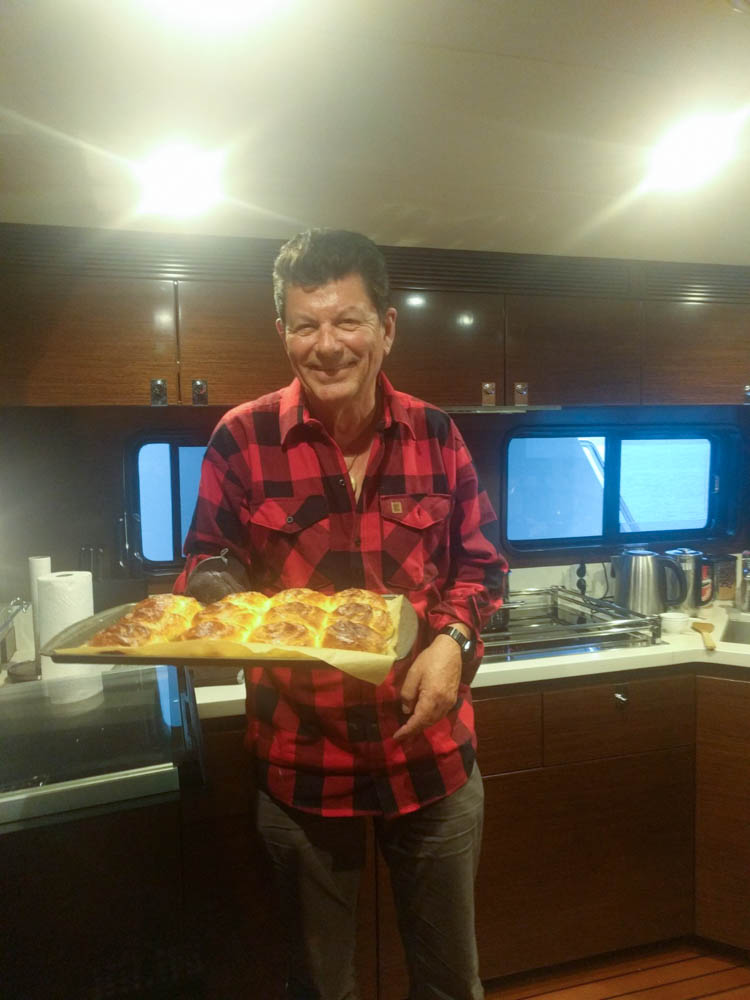
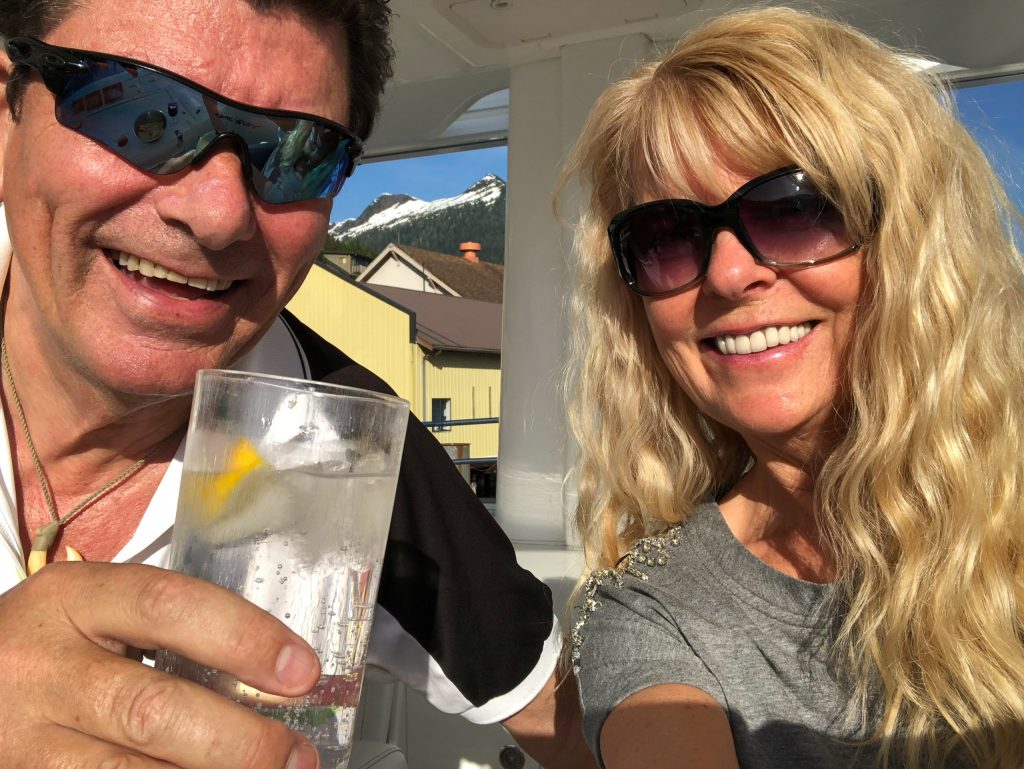
May 31, 2018
Ketchikan – Exchange Cove.
71 miles and more than 8 hours
We stayed much longer in Ketchikan than I anticipated. I was waiting for parts and an important letter. Both took considerably longer than promised. When we decided to leave, the starboard engine display would not show any information. There are 3 display stations, one on flybridge, one on the command bridge and one in the engine room. But everyone just blinked every 4 seconds. It turned out that no one in southern Alaska could fix this! After consultation with the supplier, I was advised to move the control unit from the port engine to the starboard engine to determine if that was where the fault was. That did not work as expected as there were many big wires to move. After trying unsuccessfully to untangle them, I decided to check the display again – and it worked! And it has worked ever since! There must be some kind of contact error. It has never happened before and let’s hope it does not happen again!
We were now ready to leave Ketchikan, again. The first destination was supposed to be Meyers Chuck. But when we got there we decided to continue on as it did not look so inviting and we wanted to find a completely unoccupied anchorage. We were still sailing the Inside Passage so the water was almost flat and we had the sunshine, which we learned to appreciate when it arrives. There are not a lot of sunny days here in Alaska. But I did not cruise here to sunbathe!
We sailed along Ketchikan Sound to Tongass Narrows and further up the Clarence Strait. Clarence Strait is quite wide and far-reaching. On the port side we had Prince of Wales, which is quite a big island, it is about 6,700 square kilometers, ie more than twice as big as Gotland! When we arrived in Kashevarof Passage, we encountered whirlpools. They are caused by the fact that the strait narrows and the bottom is very uneven, and as well there are about 30 small islands scattered throughout. The islands looked very inviting in the middle of the strait, and made us want to explore more. So we decided to anchor in Exchange Cove, which is a long bay and well protected. Just before we went into the bay we saw a whale blow several times, so we decided to snuggle just inside the mouth of the bay in order to watch for more whales. There were also ten otters lazily floating on the surface seeming to enjoy sunbathing! As soon as we anchored, we took the tender out to set the crab trap. An hour later we went back and picked it up. Judge for yourself my surprise when we picked it up !!!
It was a nice quiet evening. During our day’s passage we saw whales, sea lions, otters and dolfins, and enjoyed sunshine the entire way! An hour after anchoring a 130-foot motor yacht arrived. It had about ten anglers on board. The bay was 1 mile long, so they were not close to us.
The next day the nice weather continued so we took the tender out to explore all the little islands. It was a beautiful collection of islands with seals and otters greeting us.
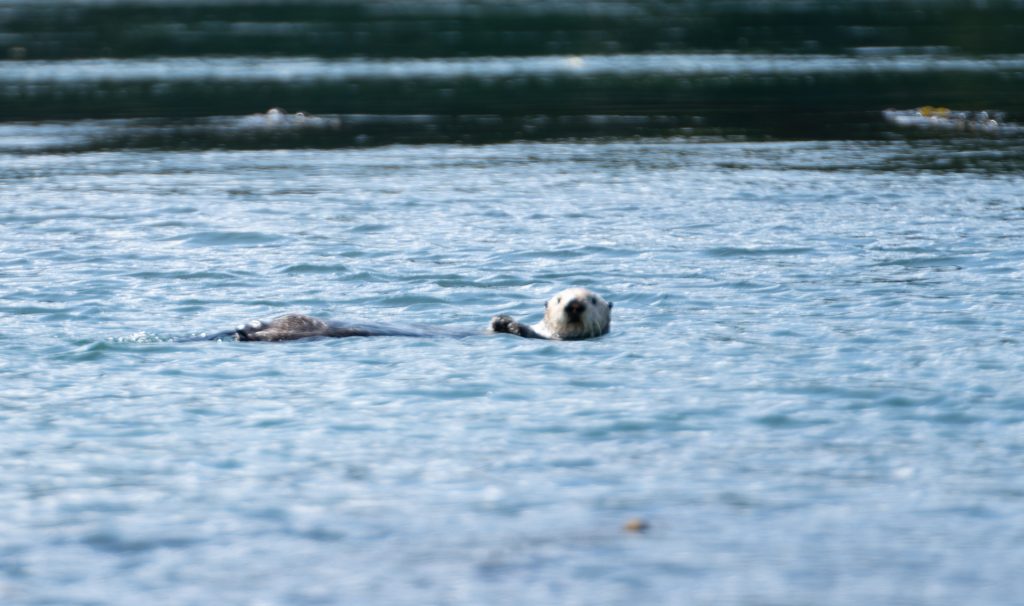
June 2, 2018
Exchange Cove – Bay of Pillars
92 miles and 11 hours.
We went to Petersburg and from Exchange Cove. It’s only 37 miles … if you take the narrow busy channel. Vessels over 64 feet are required to have a full-time pilot on board upon entering Alaskan waters and up until departure. While I have been given special permission to sail without a pilot, I am not allowed to navigate through this particular channel, as well as another channel to Sitka. On these channels, I am required to have a pilot aboard, which must be ordered at least 48 hours in advance, be picked up only in certain places, and pay for all his time aboard, including travel. So I decided instead to take the route around Kupreanof Island and Kuiu Island, a stretch of 165 nautical miles.
This day we had Alaska weather i.e.: rainy and gray … We sailed along Sumner Strait and up Chatham Strait. Here there is a bit of open sea and it can be very choppy water as waves come from the sea, squeeze into the strait, and meet with tidal currents. But we were lucky and the sea was like a mirror! We also got to see a couple of whales, but only at a distance. As we are cruising, we notice that we were remote. No buildings and only a few fishing boats viewed on the radar.
When we arrived at the Bay of Pillars we saw lots of otters floating around! We watched a mother otter with a baby happily snoozing on her belly. When it was time for her to swim away, she took the baby’s neck in her mouth, rolled over and swam towing her baby beside her. It looked like she was drowning it!
We found a nice spot to anchor a good bit into the bay behind an island. As we were approaching it, I noticed a large white area on land. At first I thought it was ice, but after studying the Pilot book closer, we saw that there was an old granite quarry here. It was very white. The beaches surrounding us seemed like great bear territory and, according to the pilot book, there would be bear in the area, but we did not see any. Again we put out the crab trap, but again no dungeness crab. However, there was a baby king of crab in it … about 10 cm big … so it got to swim away. Upon returning with the tender, I found the motor that tilts the engine up would not work. It’s a small pump that pumps up pressure so the engine tilts up. The tender cannot be placed on Ammonites bow without the engine tilted up as the propeller would hit the deck before the tender could settle in the cradle. So that meant towing the tender. A little more work when anchoring, but not a big problem.
The drones got aired here too. I had hoped to get some close-ups of the otters, but they were not around when I flew.
3 June 2018. *
Bay of Pillars – Portage Bay
63 miles and 7 hours
We left a rainy Bay of Pillars in the morning. It was still calm so it was a pleasant cruise. We sailed north on Chatham Strait and turned west into Frederik Sound.
We saw now more snowy mountain peaks. We also saw more whales, but at a distance. Just before we sailed into Portage Bay, the sun arrived and soon there was a blue sky, followed by some warmth, so we could take the tender out to fish. We had seen a large school of fish on the depth sounder as we entered the bay, so we were hopeful. I caught a small flounder, which I released, as it was too small.
The sea lay like a mirror and on some mountain peaks we saw snow, all while we sat outside enjoying a sundowner. The sun goes down just after 21:30, but it’s bright until 23 o’clock.
4th of June 2018
Portage Bay – Petersburg
24 nautical miles and barely 3 hours
We decided to sail quite early to Petersburg when we learned that it is a very busy fishing port and that finding a berth might be a problem, especially for a yacht of our size. As we approached Petersburg, we saw our first floating iceberg.
It had certainly been broken from a glacier and previously been much larger. I decided not to stop to take some of the ice for drinks … I’ll wait until we get to a real glacier and take some fresh ice! We called up the Habour Master as we approached Petersburg and were allotted the only available slip for us. It was a port side tie up, (we prefer starboard) but we had no choice as that was all that was available. They also did not provide the service of someone ready to grab our dock lines, so we were on our own to dock – towing the tender and dealing with the current. But we managed no problem, and almost without a hitch. Then a Nordhavn owner came up, Larry, to say hi and said he knew one of my friends who told him that we were heading into Petersburg. The world is small! Larry and his wife Marcia have sailed up here in Alaska a lot in recent years. Now time to plug into shore power. This is when I discovered we had docked in the wrong berth – we were in 505 instead of 503! So we had to move, but at least we could move the tender separately and didn’t have to dock towing it – which also allowed for us to back in the stern too. This helped as the dock finger was very short, not at all long enough for our 78’! Petersburg is a well-known marina because it’s very protected in an area with much wind.
We got in touch with a Yamaha dealer who promised to come later in the afternoon … It was too good to be true … and very right because he did not come. But the next morning he was here checking out the motor and said that the pump was broken – and he had one in stock! He came down with a trailer and took the tender to his shop and then back in the water again at 3:00 PM ! Everything was done! It had gone a lot faster and smoother than I expected! When I asked who owned the repair shop, I got the answer ”Karlsson”! His grandfather’s father had been Swedish …
Petersburg is a small town with about 3,000 inhabitants. When you entered the harbor, it almost feels like sailing into a small harbor town in Norway. Here they fly Norwegian flags and the week before we arrived they had a Norwegian festival. There is a ”Sons of Norway Hall” a cute building with an active association with Norwegians. Petersburg’s nickname is “Little Norway”. It was Peter Buschmann, a Norwegian, who set up a fish preserving plant here in the 19th century which laid the foundations for the city. But Tlingits were already using it as a fishing village in the 10th century.

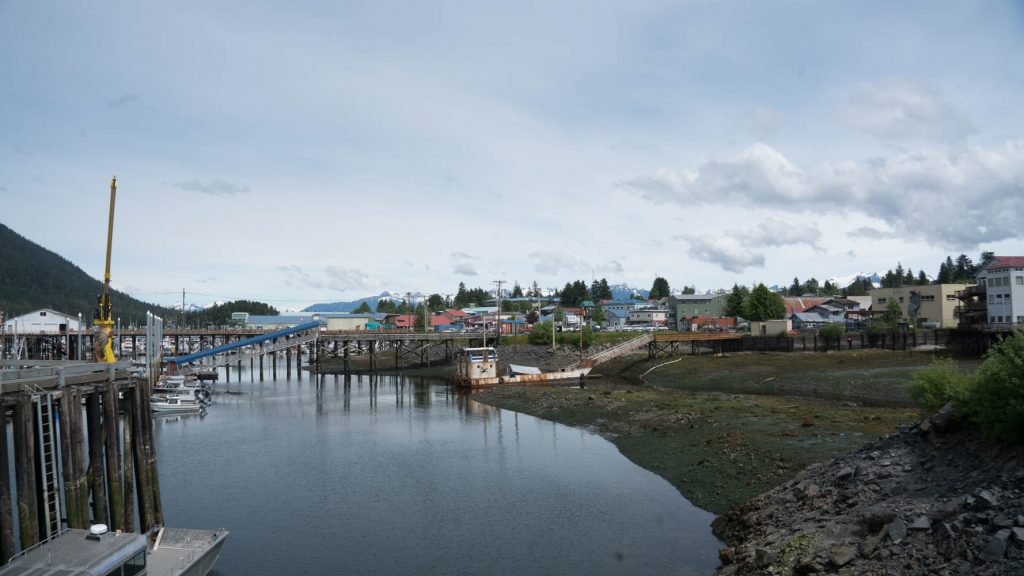
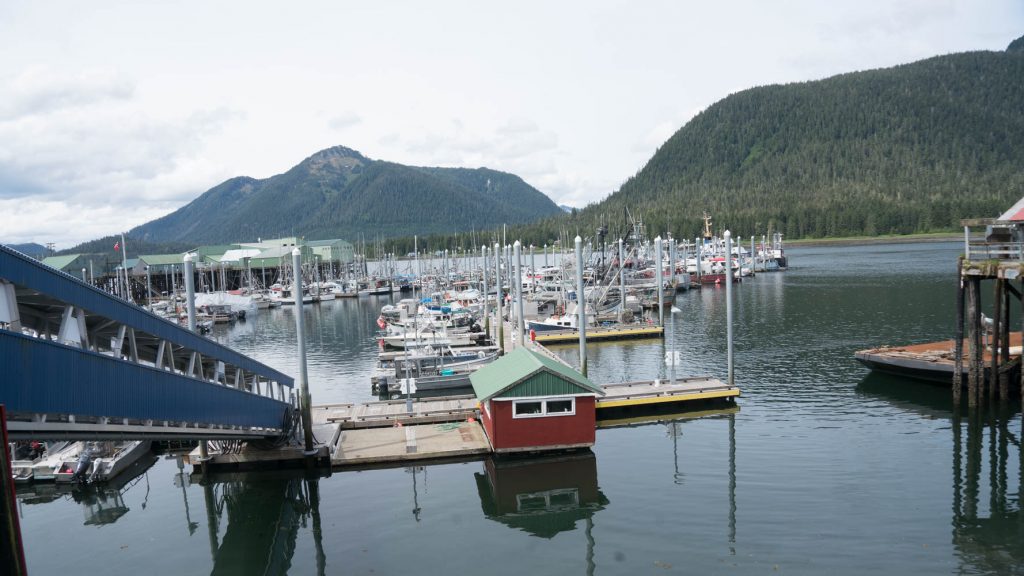
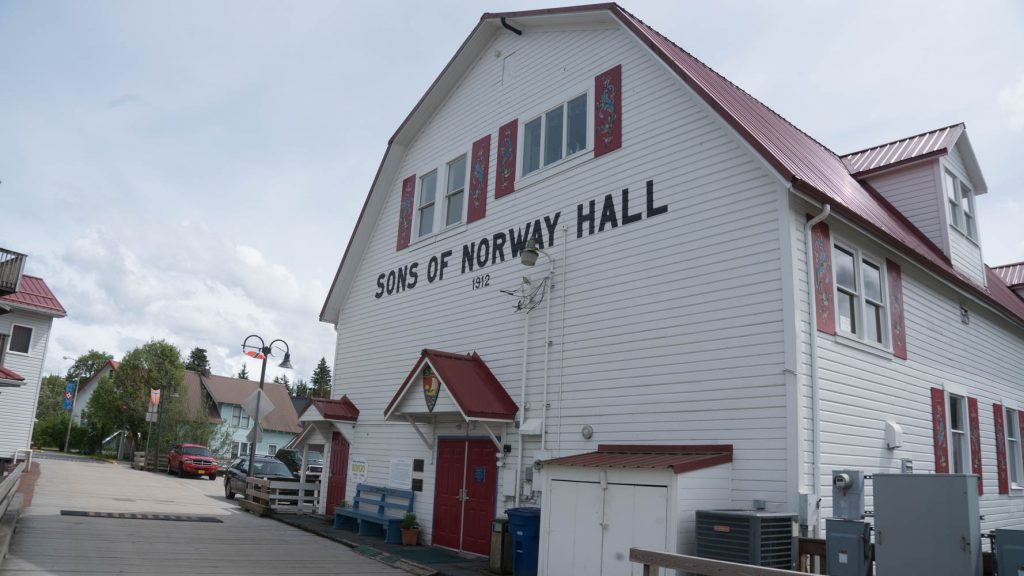
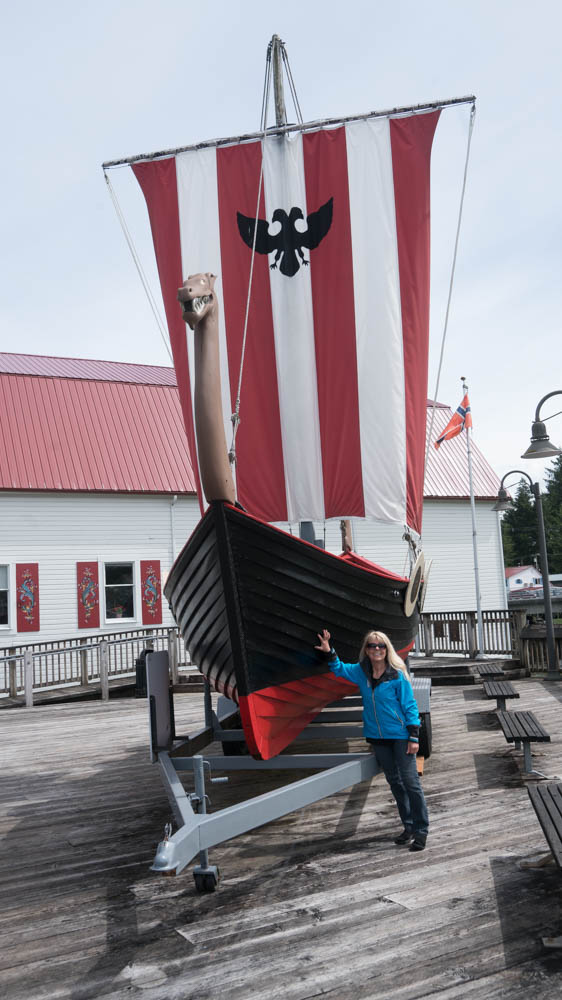
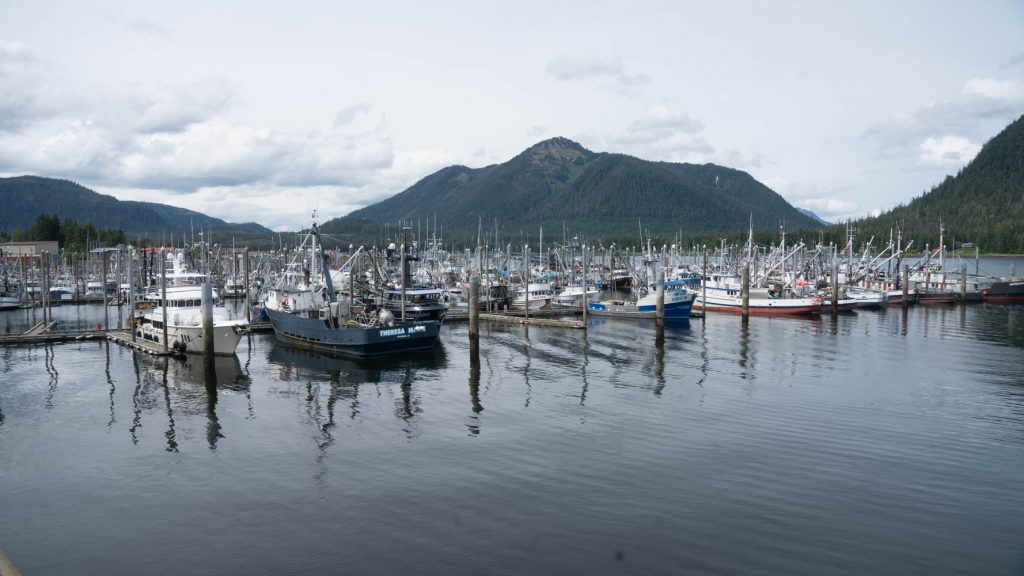
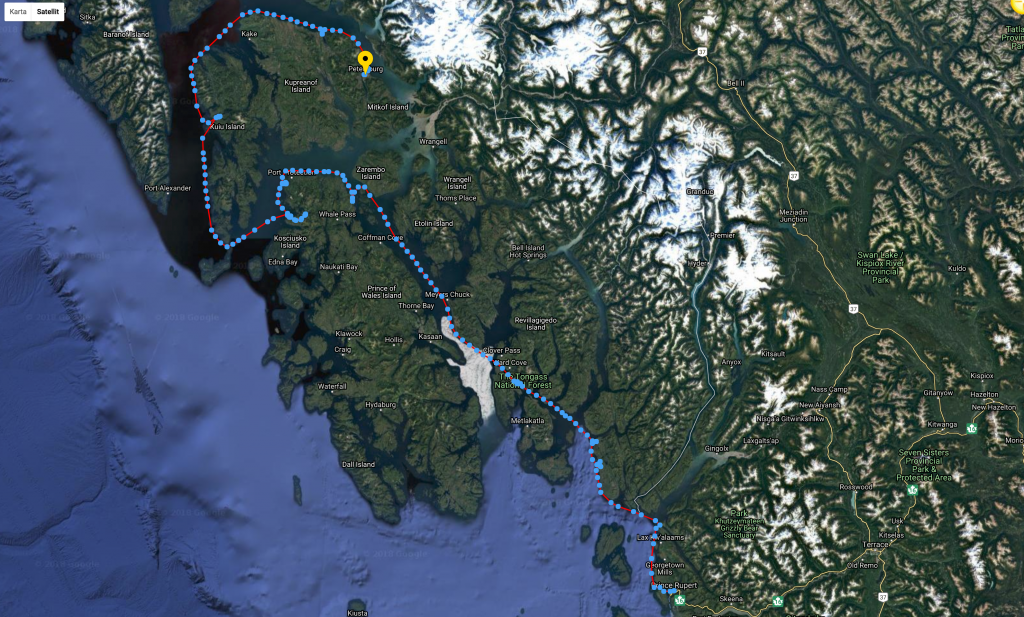
Views: 8642
